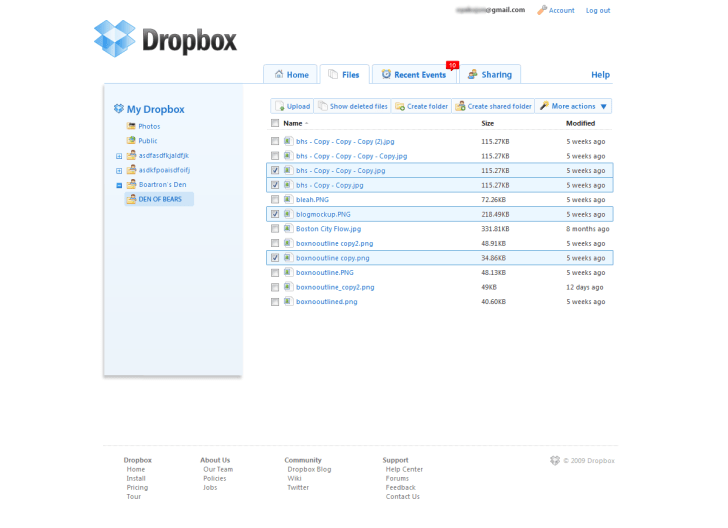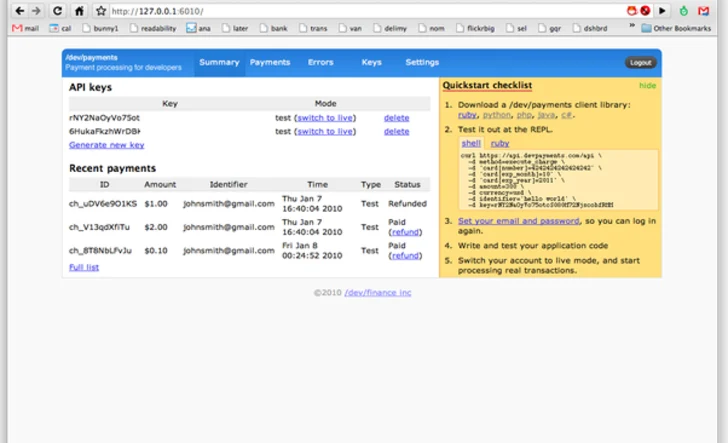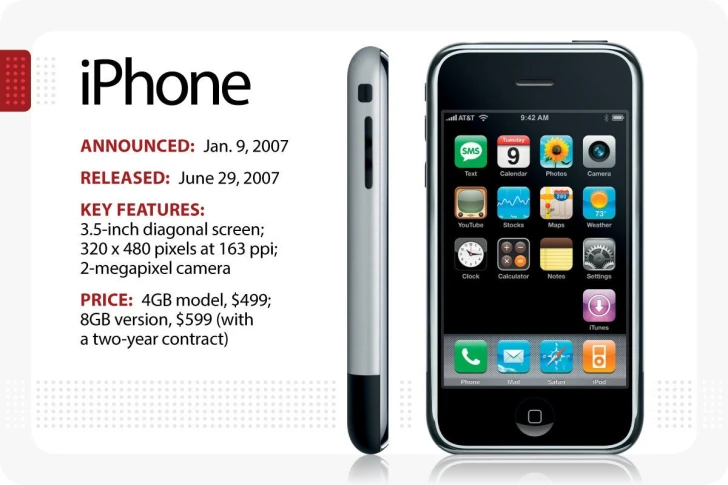When a product works exceptionally well, people talk about it. Stripe didn’t need a flashy ad campaign—it just worked, offering a smooth, fast experience that outshone the competition.
Dropbox grew quickly because it made file sharing incredibly simple and reliable. Slack spread because it made team communication easier and more efficient than anything else at the time.
These products didn’t rely on marketing; they solved real problems in ways that made people want to share them.
Dropbox
Dropbox’s referral system is the perfect example. They didn’t spend billions on TV commercials. Instead, they gave users more space when they invited others. Simple, but brilliant. It worked because people loved the product and wanted to share it, not because of an overblown marketing campaign. The product sold itself.

Stripe
Stripe’s growth came from developers recommending it to one another. The clean API and smooth integration with existing apps made it the go-to payment solution. Stripe didn’t need to plaster ads everywhere because developers themselves became the marketing engine, sharing how much easier Stripe was to implement compared to other payment processors.

Sorry for the blurry image, but this is the earliest Stripe image I could find.
Slack
Slack didn’t rely on traditional advertising either. It spread organically within teams. The user-friendly interface and ability to integrate with tons of other tools made it an instant hit. Teams adopted it because it solved the pain of scattered communication, and they told others about it. Word of mouth, not marketing dollars, fueled Slack’s growth.

GitHub
GitHub revolutionized version control and collaboration for developers. It became the platform of choice not through aggressive promotion, but because developers found it invaluable for working together on code. GitHub’s network effect—where one person invites others to collaborate—meant that it grew fast simply because it was useful.

Apple’s iPhone
Apple’s iPhone is the crown jewel of great product design speaking for itself. When it launched in 2007, Apple didn’t need a massive marketing campaign to convince people to buy it. The iPhone was a game-changer. It combined a phone, a music player, and web browsing into one device with a revolutionary touchscreen interface. People lined up for hours because it solved real problems with an experience that no other phone could match.
Its design, user experience, and innovative features created a tidal wave of word-of-mouth buzz. The simplicity and functionality made it an instant hit, and it has since become a global phenomenon. Apple didn’t rely on over-the-top marketing—the product spoke for itself.

Apple’s focus has always been on building products that work so well, they become self-marketing. The iPhone is the perfect example of a product that sold itself because it was just that good.
If there’s one takeaway from this article, it’s that marketing, in my opinion, is the least important factor in a product’s success. That marketing budget could have been better spent on R&D to create an even better product.
The focus should always be on building something truly great, but allocating a bit to marketing ensures people actually discover it. A perfect product with no audience is wasted potential, so strike a balance—just don’t let marketing overshadow the core mission of making something exceptional.